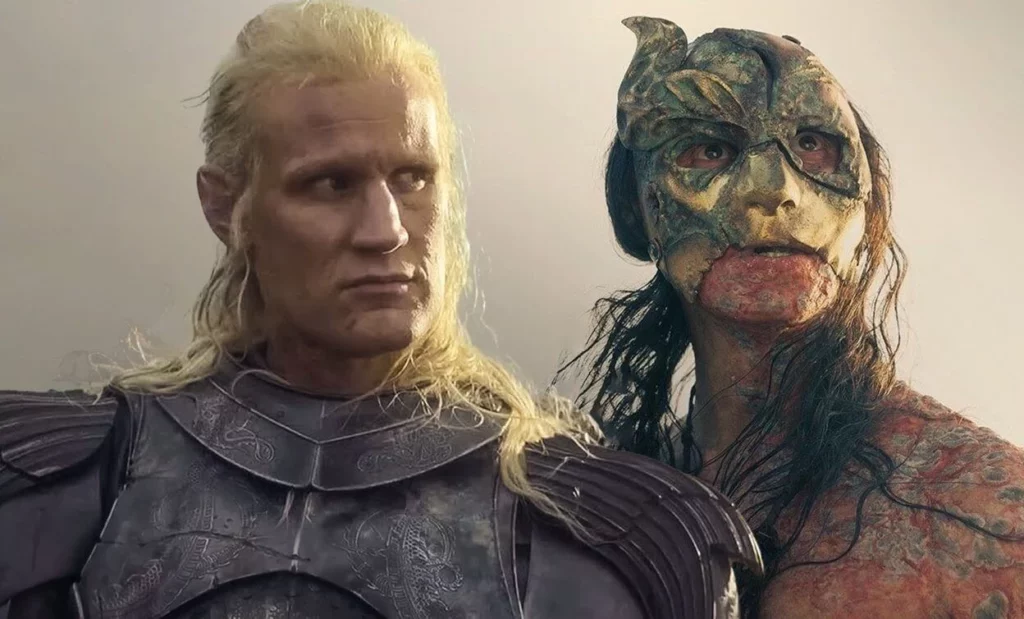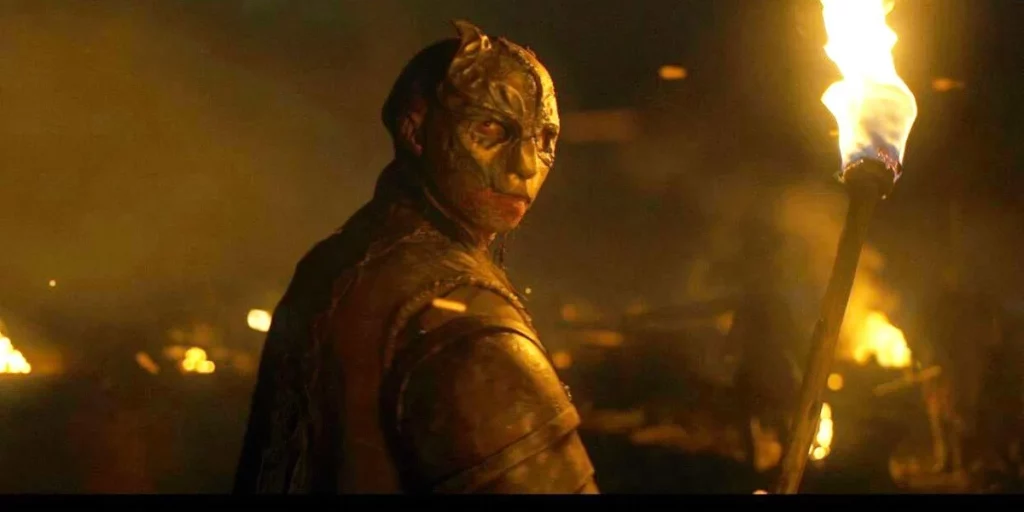House Of The Dragon Crabfeeder Developed New Backstory For Villain
Have you watched the 3rd episode of “The House of Dragon”?
If not yet, then you must watch it. The House of Dragon has the finest backstory of the villain in its ongoing series as Crabfeeder.
Daniel Scott-Smith, who plays the Crabfeeder in House of the Dragon, talks about the narrative created for his fictional character. House of the Dragon episode 2 of the Game of Thrones prequel series has received 10 million views across several platforms, setting a record for the most views in a single episode.
The series tells the story of the Targaryen dynasty’s rise and demise and is based on George R.R. Martin’s 2018 novel Fire and Blood. In just three episodes, the series has already covered several significant events in King Viserys’ (Paddy Considine) rule, such as choosing his daughter Rhaenyra (Milly Alcock) as the next in line to the Iron Throne and the second birthday of his son Aegon II.

Prince Daemon (Matt Smith), who was quite outspoken over the succession issue up to his exile, is brewing his fight in the Stepstones. He works to defeat the Crabfeeder, who gets his name from his practice of staking foes and leaving them on the beach after joining forces with Lord Corlys (Steve Touissant). Little is known about the figure, Craghas Drahar, other than his work killing pirates and his final conflict with Daemon. Given his rapid demise in episode 3 of HBO’s House of the Dragon, it’s probable that viewers won’t learn much about the Crabfeeder either.

While talking to EW in an interview, Scott Smith opened up about the story related to the villain in the show Crabfeeder. Here is what they had said in conversation.
“He’s a nasty character. So as an actor, it’s a dream. It’s nice when you have details, but it’s also nice when it’s a completely open book. That gave us the freedom to do what we wanted with the character, which, on a creative level, was incredible for me and, I think, for the directors, as well, because we could play with it and build our version of Crabfeeder. Craghas Drahar is seen as the bad guy, but for any bad character, there’s always got to be a journey of how they got to that point. We wanted to remember that there are two sides to him. So we spoke about the idea of him being a prince, or that he calls himself a prince, so he came from some higher House. We spoke about that and the gradual decline to where he is, how the greyscale might affect him physically, even mentally.
According to Scott’s comments, Smith, the actor, and the series’ writers worked hard to piece together a compelling story for the Crabfeeder from the various references in Martin’s book. His admission that the bad guy has greyscale, a bitter in-universe illness that eventually leads to madness, is particularly intriguing because it departs from the original text.
Furthermore, according to Scott’s account, Smith, despite the book character’s brief appearance in the series, the filmmakers intended to give him more depth, suggesting that these elements may be crucial later in the course of the series. In any case, the development of this genesis tale by those responsible for the show demonstrates the level of care used in the narrative of House of the Dragon.
The Crabfeeder was a noteworthy initial antagonist who laid the groundwork for the next stage of Daemon’s desire for dominance, even though his story ended in House of the Dragon episode 3. The Daemon may command more respect in the realm after demonstrating his military prowess in the episode 3 combat, especially when the tides alter the populace’s opinions about Rhaenyra’s claim to the throne.
Since significant characters in House of the Dragon aren’t divided into heroic or villainous categories, it has a very different narrative structure than Game of Thrones, which included antagonists who received lengthy arcs. Due to The Crabfeeder’s speedy removal, a new temporary enemy may come in Season 1 of House of the Dragon as a significant character conflict.

